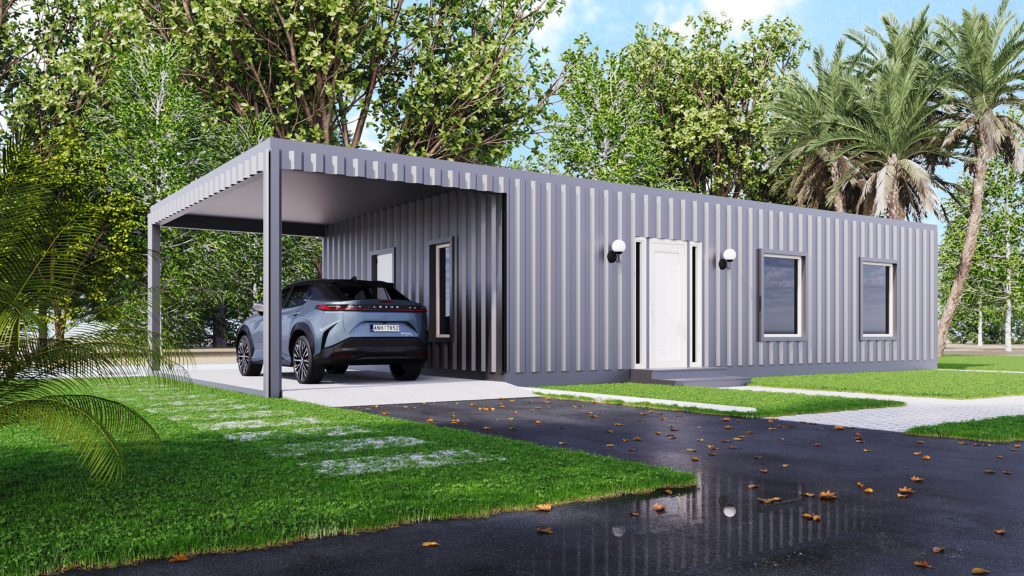
How to Optimize Business Process with 3D Experience
In today’s fast-paced business environment, staying competitive requires more than just innovative products and services; it requires streamlined, efficient processes that can adapt to change and optimize performance. One powerful tool that is revolutionizing how businesses operate is 3D experience technology. This technology goes beyond traditional 3D modeling and visualization, integrating into various aspects of business processes to enhance efficiency, collaboration, and decision-making.

1. Streamlining Product Design and Development
The product design and development phase is critical in any business that manufactures goods. Traditionally, this process has involved multiple stages, including concept creation, prototyping, and testing. With 3D experience technology, these stages can be streamlined, reducing time to market and improving product quality.
Instead of building physical prototypes, businesses can use 3D experience tools to create virtual models. These models can be tested in various scenarios, identifying potential issues before physical production begins. With 3D experience, businesses can quickly make and visualize changes, allowing for continuous improvement and innovation throughout the development process.
2. Enhancing Manufacturing Efficiency
Manufacturing is a complex process that involves the coordination of materials, machinery, and labor. 3D experience technology can optimize this process by providing detailed visualizations and simulations of manufacturing workflows. 3D experience tools can simulate the entire manufacturing process, identifying bottlenecks, inefficiencies, and potential failures. This allows businesses to optimize their workflows before production begins.
By creating a digital twin of the manufacturing process, businesses can monitor and optimize operations in real-time. This leads to reduced downtime, lower costs, and higher quality products. 3D experience platforms can integrate with supply chain management systems, providing a comprehensive view of the entire production process. This enables better planning, inventory management, and coordination with suppliers.
3. Revolutionizing Marketing and Sales
Marketing and sales are essential components of any business, and 3D experience technology is transforming how products are presented to customers. By creating immersive and interactive experiences, businesses can engage customers in ways that were previously impossible. Businesses can use 3D models to create personalized marketing materials tailored to individual customers’ preferences and needs. This leads to more targeted and effective marketing campaigns. 3D experience tools can create virtual showrooms where customers can interact with products in a lifelike environment. This enhances the customer experience and helps drive sales.
4. Improving Customer Engagement and Support
Customer engagement and support are critical for building long-term relationships and ensuring customer satisfaction. 3D experience technology provides tools that can enhance these interactions, leading to better customer experiences and higher retention rates. Instead of traditional printed manuals, businesses can create interactive 3D manuals that guide customers through the use and maintenance of products. This improves understanding and reduces the need for support calls. By allowing customers to visualize and customize products in 3D, businesses can increase engagement and satisfaction. This is particularly effective in industries like automotive, real estate, and fashion.
5. Facilitating Training and Development
Training and development are essential for maintaining a skilled workforce. 3D experience technology offers innovative solutions for training employees, enhancing their skills, and ensuring that they are well-prepared for their roles. Businesses can use 3D experience tools to create realistic training simulations that replicate real-world scenarios. This allows employees to practice and hone their skills in a safe and controlled environment. 3D experience platforms can be used to provide ongoing training and development opportunities, ensuring that employees stay up-to-date with the latest technologies and best practices.
6. Supporting Sustainable Practices
Sustainability is becoming increasingly important in the business world, and 3D experience technology can play a key role in supporting environmentally-friendly practices. 3D experience tools can help businesses design products that are more sustainable by simulating the environmental impact of different materials and processes. Businesses can use 3D visualizations to communicate their commitment to sustainability, showcasing eco-friendly products and practices to customers and stakeholders. By optimizing manufacturing processes with 3D simulations, businesses can reduce waste, energy consumption, and emissions.
Conclusion
3D experience technology is more than just a tool for creating visually appealing designs; it is a powerful solution that can optimize various aspects of business processes. From product design and manufacturing to marketing, customer engagement, and training, the applications of 3D experience are vast and transformative. By embracing this technology, businesses can enhance efficiency, improve collaboration, and drive innovation, ultimately leading to a more competitive and successful operation in today’s market.


